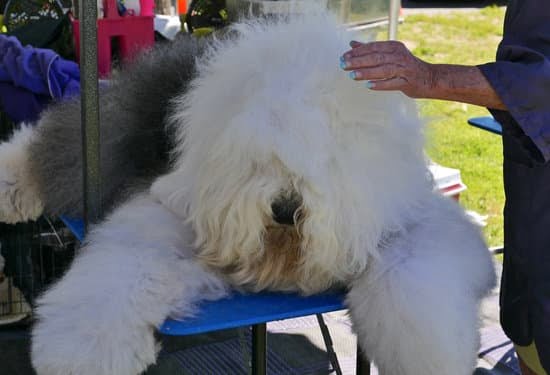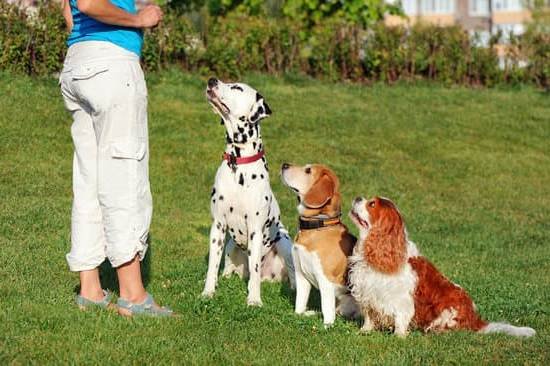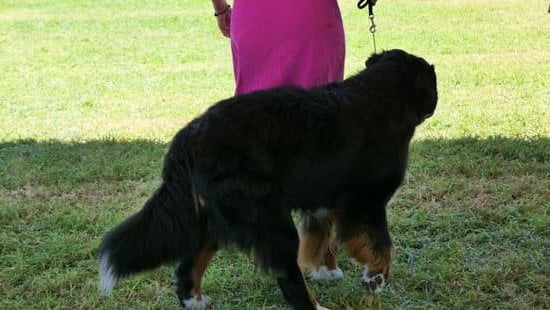Introduction
Hand signals for training dogs involve using different body postures, facial expressions and movements of the hands to communicate with dogs. Hand signals are very useful in dog training because they allow owners or trainers to communicate their expectations and commands to a dog without having to verbally do so. Dogs are extremely capable of absorbing these codes and understanding what is expected from them as long as they are trained well enough by an experienced handler. Different hand signals can be used to teach a variety of behaviors including sitting, lying down, coming when called, walking with a heel position on leash and more. Hand signals can also be used to give verbal praise or corrections depending on the context and need of a particular situation. When teaching a new behavior or task, it is important that the same hand signal be repeatedly used until the dog has reached peak comprehension – this helps ensure consistency when training a canine companion.
Key Elements of Training with Hand Signals
Hand signals are a great way to teach your dog commands. These signals allow us to communicate with our dogs in an effective and efficient manner. Hand signals can be used to give commands, such as “sit” and “stay,” while also providing cues for desired behaviors, such as coming when called or stopping certain unwanted behaviors.
When using hand signals for training, it is important to keep in mind that they should only be used in a positive environment. Make sure your dog is praised every time they obey a command given through this method. This helps them develop trust and understanding between you as trainer and pet. Furthermore, regular repetition of the hand signals during each training session is essential so that your pup remembers the commands. Additionally, new hand signals should only be introduced gradually over time. After taught the proper behavior associated with each sign, gradually introduce distractions into the training sites such as other people or animals to test if your dog will follow the command in different scenarios. With consistency, patience and praise your pup will soon understand these hand gestures!
Positive Reinforcement
Positive reinforcement is a key strategy for successfully training dogs using hand signals. It involves rewarding the animal with praise, treats or toys when they perform a desired behavior as signaled by the trainer. First, select one hand signal to use for each behavior that you are teaching your dog. It is very important to be consistent with these signals so that your pet can easily start understanding them. Once you have chosen the hand signal, begin introducing it to your pet while also speaking out loud to describe the action/behavior that should follow. Keep repeating this until your pet displays an appropriate response, and reward it afterwards with positive reinforcement – such as verbal praise or food treats – once it completes the task. Additionally, ensure that other people interacting with your pet know and understand what hand signals you are using in order for consistency in training across all handlers. Hand signals are an effective way of training dogs and are a great way for displaying good communication between both human and animal!
Maintaining Attention
Hand signals are an important tool for training your dog to understand and respond to commands. There are some tips that can help you get the most out of this type of training. Firstly, always make sure that your hand movements are clear and easily visible. Secondly, use firm but gentle movements to reinforce your commands for maximum impact. Thirdly, practice with treats as rewards to keep your dog motivated and engaged throughout the session. Also, be sure to provide lots of praise when your pup responds correctly as this helps strengthen the connection between you and them. Finally, set realistic goals for yourself and be patient with yourself; success doesn’t happen overnight! With consistent and clear hand signals during training sessions, you will soon have a well-behaved pup who will master even the toughest commands in no time!
Resolving Challenges
When it comes to training your dog with hand signals, there can be some common issues and problems that you must consider before starting the process. Some of the most common ones include:
1. Timing – It’s important to ensure that your timing of hand signals is precise when teaching your dog a new command or behavior. If a hand signal is given too soon or too late, then it will confuse and delay learning for your dog.
2. Body Language – The body language used when teaching with hand signals can be just as important as the physical movements themselves. Make sure that you are using consistent facial expressions and body language throughout the process to ensure that your dog understands what you expect of them at any given time.
3. Setting – Similarly, it’s essential to find a suitable setting where distractions can be kept to an absolute minimum while you teach. This way, your pup can focus entirely on you and the hand signals without being confused by external stimuli such as sights, sounds, or other people/dogs present in areas vibrant with activity.
4. Repetition – Just like any training technique, repetition is key here as well! You should repeat each action several times until your dog successfully remembers and responds each time consistently before trying out something else and building on established knowledge from there!
Choosing Hand Signals
When choosing hand signals for training a dog, it’s important to keep simplicity in mind. Too many complex hand signals can be confusing for the dog, creating unnecessary stress and frustration for both of you. Simple, realistic gestures with easy to remember meanings are key to successful communication with your pet. Choose gestures that you can easily remember and repeat every time so your pup better understands what you expect from them. Examples of good hand signals are snapping your fingers in front of your nose to indicate “sit”, holding a flat palm towards the ground to mean “down” or throwing an invisible frisbee or ball signal to prompt “fetch”. Keeping these movements consistent is essential in communicating their meaning clearly. Additionally try pairing verbal cues with these hand signals; repeating both at the same time helps further solidify commands and speed up response times. Consistency plus repetition will create positive behavior patterns you can rely on!
Building Consistency
Hand signals for training dogs can be a great way to build consistency in long-term dog training. One way to incorporate them into the overall process is by introducing them gradually during practice and reinforcement sessions. When introducing a new signal, start by pairing it with verbal commands while also providing rewards and praise. This will help create an association between the associated word and the gesture so that your dog can quickly understand its purpose. Once they have gotten the hang of it, you can then begin reducing verbal commands while continuing to reward and praise good behavior with hand signal cues. As your pup continues practicing, you should make sure to remain consistent; maintain the same signal-command structure and avoid switching things up too quickly in order for your pooch to fully grasp the desired behavior. Lastly, for best results, do a few quick practice sessions each day rather than trying to cover everything all at once as this will not only reduce anxiety or confusion but ensure that both you and your pup are on the same page when it comes to executing certain commands!
Summary
Hand signal training is a great way to supplement communication with your dog and can come in handy when other methods of dog training do not produce the desired result. It is also useful for those situations that require silence, such as when hunting or competing in agility.
There are many benefits that hand signal training offers. First, it helps strengthen the bond between you and your pup by teaching them additional ways to respond to your commands. Additionally, it helps improve their overall obedience and responsiveness since they will know to look for signals from you rather than solely relying on verbal instruction. If one method isn’t working, using a different form of communication (such as hand signals) can be an effective tool for getting your point across without having to repeat yourself over and over again.
When it comes to using hand signals for positive reinforcement, there are a few things that should be taken into consideration in order to make them successful tools for training. For example, making sure the signal matches the command so that the pup can easily recognize what is being asked of them, giving clear visual cues during each exercise (no matter how simple), being patient even if they don’t pick up on the signal right away and offering repeated practice opportunities with lots of praise and rewards when they do successfully follow a command through a hand signal. With enough patience, consistency and repetition, they will learn and practice these new forms of communication with you!

Welcome to the blog! I am a professional dog trainer and have been working with dogs for many years. In this blog, I will be discussing various topics related to dog training, including tips, tricks, and advice. I hope you find this information helpful and informative. Thanks for reading!





